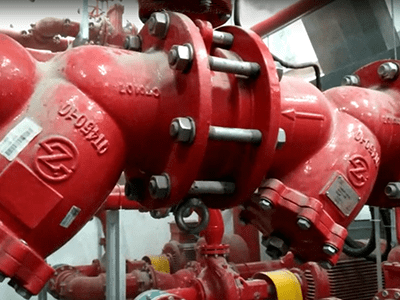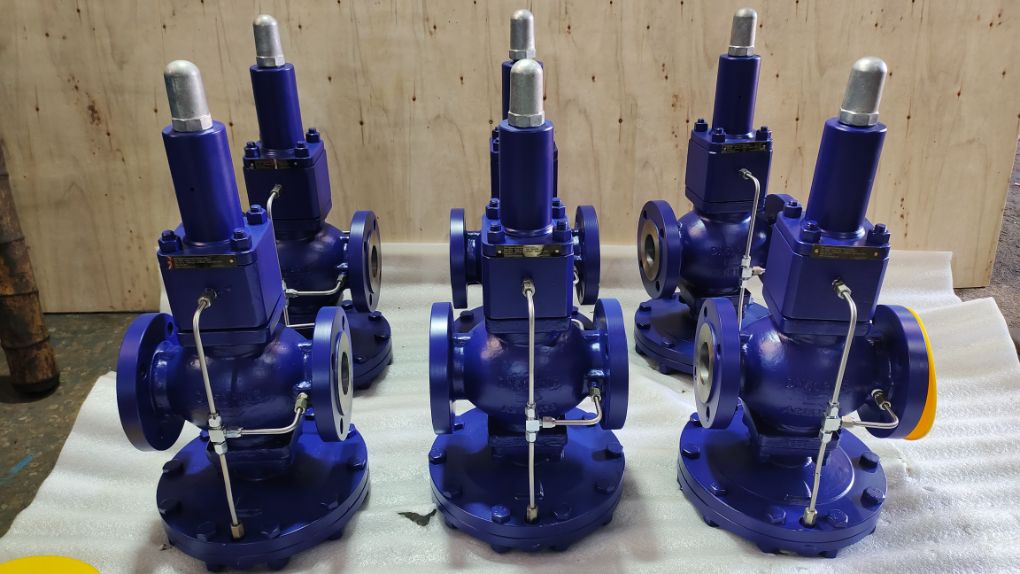The electric vehicle (EV) revolution is accelerating, and at the heart of this transformation is the development of advanced motors and drives. In this article, we’ll examine how these technologies are making electric vehicles more efficient, faster, and more reliable than ever before.


The Role of Advanced Motors in Electric Vehicles
In electric vehicles, advanced motors are essential for providing the right amount of power while maintaining efficiency. Unlike internal combustion engines, electric motors can deliver instant torque, which is crucial for quick acceleration and smooth driving experiences. Advanced motors, such as permanent magnet synchronous motors (PMSM), provide higher torque density and better efficiency, making them ideal for EV applications.
Advanced drives further enhance the performance of these motors by controlling the speed and torque through sophisticated algorithms. These drives also help in managing energy regeneration, which is crucial for extending the driving range of electric vehicles.
Key Benefits of Advanced Motors and Drives for EVs
- Increased Efficiency: EVs with advanced motors and drives achieve higher energy efficiency, extending the range of the vehicle and reducing charging frequency.
- Better Control: With enhanced drive systems, drivers can expect smoother acceleration, better speed control, and responsive handling.
- Environmental Impact: The energy efficiency of advanced motors also reduces the carbon footprint of electric vehicles, making them an eco-friendly alternative to traditional gasoline-powered vehicles.
Integrating with Sustainable Materials
Advanced motors and drives aren’t only about power and performance; they also contribute to the sustainability of electric vehicles. For instance, geogrid technology is being used in EV construction to enhance durability and reduce the weight of vehicle structures, allowing for improved fuel efficiency and better overall performance.
As demand for EVs grows, the development of more efficient and sustainable advanced motors and drives will be crucial in meeting the needs of consumers and the environment.
